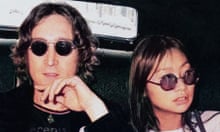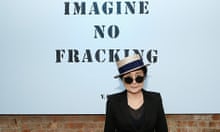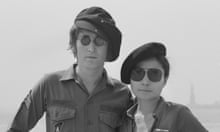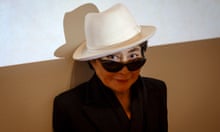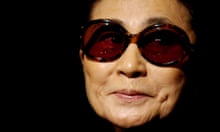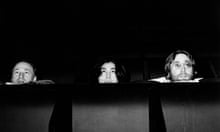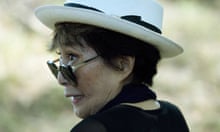On 29 January 1971, a letter was sent to a stately home in Berkshire confirming a bulky delivery, a birthday present for the buyer’s wife – a grand piano, spray-painted white and costing £1,891. Later that year, a photograph of the buyer playing the instrument would be turned into a poster folded inside his new album. After that, it would also feature in a memorable music film. The exalted status of this piano was established, some would say, in May 1971, when John Lennon used it for the recording of the title song for the LP Imagine.
This letter from Steinway & Sons is featured in Imagine John Yoko, a luxurious scrapbook about the making of what is arguably John Lennon’s best-known and most-loved solo album. Beatles geeks will salivate over it. Here are hand-written lyrics on hotel notepaper, detailed maps of Lennon and Yoko Ono’s Tittenhurst Park home and its grounds, annotated boxes of audio tape, pencil sketches, postcards and two letters written by Lennon at the height of his campaign for peace. Both are angry: one arguing against New York Times journalist Craig McGregor’s accusations that the Beatles imitated and exploited black music (“It wasn’t a rip-off, it was a love in”) and another to Paul and Linda McCartney some time after the Beatles’ break-up that nearly boils over with rage (“I was reading your letter,” Lennon begins, “and wondering which middle-aged cranky Beatles fan wrote it”).
Other voices and faces, many from archive interviews, fill the book too: band members, session players, studio assistants and producers (including Phil Spector) sit alongside Michael Parkinson and Dick Cavett, who both interviewed Lennon and Ono on their chatshows. There’s also a particularly touching entry from Lennon’s oldest son, Julian, who recalls the joy of being invited to his dad’s country pile after a period without contact – they go boating together, drink Dr Pepper and play on a Mellotron. Polaroids of father, son and stepmum on the estate’s lake accompany his memories (“It was the first time that he actually called me in quite a long time… it was wonderful”).
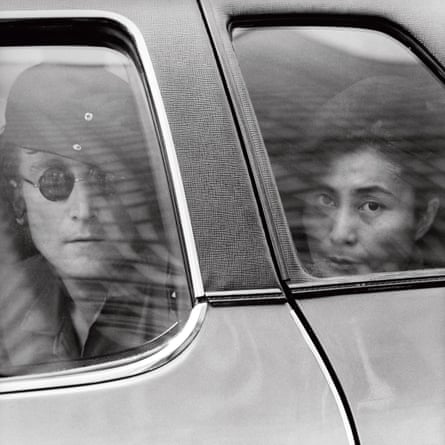
There’s also the story of Claudio, the shellshocked Vietnam veteran and Beatles fan who kept sending telegrams to Tittenhurst Park, then started appearing in the bushes in the Lennon-Ono garden. In the spirit of the very different times, Lennon briefly took him in. (“At Tittenhurst, there was no particular security,” Yoko explains in the book. “John always felt responsible for these people because they were the result of his songs.”)
Above all, this book is a document of Lennon and Ono’s intense partnership at the time, in love as well as work. It gives particular attention, albeit subtly, to how Ono’s approach to creativity inspired the Imagine album. This includes the name, the word “imagine” being instrumental to her 1960s conceptual artworks, which Lennon famously saw for the first time in London’s Indica Gallery in 1966, on the night he met her. In a 1980 BBC interview, quoted prominently in a double-page spread in this book, John says that Ono should have been credited on the album’s title track, “but [in] those days I was a bit more selfish, a bit more macho, and I sort of omitted to mention her contribution”. In 2017, the credit was changed to Lennon-Ono by the National Music Publishers’ Association in the US. Perhaps the time is right to reassess Ono’s wider impact on Lennon’s work, and this book helps begin that conversation.
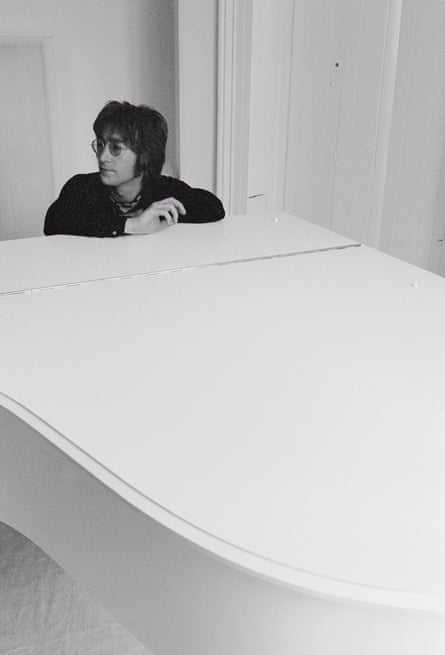
Now 85, and still living in her and Lennon’s apartment in the Dakota building in New York, Ono is happy to answer questions about the book by email on a “nice fall day”. (Email responses are impossible for an interviewer to control, of course, there being no opportunity for follow-up questions to elaborate on detail.) Ono responds to my open, broad questions in the same way as her art usually works: with simple one-liners that don’t answer anything in full but allow room for further thought and mystery. On the question of why she was initially left out of the album credits, for instance: “We felt that it was better with the Lennon name. Songs sometimes have their own power and meaning, so Imagine was definitely better with John’s name, at the time.” Asked about her first meetings with Lennon, who she says in the book had a “vibe… too heavy for a young man”, her response is practically poetry: “We were both too heavy for what we should be.”
What the couple felt like they should be, if one goes by this book, is two peacemakers untroubled by other concerns. This was difficult in early 1971, given that the Beatles had only broken up publicly the previous spring (Lennon had left first in September 1969, although this was kept a secret; McCartney went public about his own departure in April 1970). On 31 December 1970, a month before the white piano was ordered, McCartney filed a lawsuit against his bandmates in London’s high court to dissolve the band’s contractual partnership. In other words, Lennon’s Imagine started taking shape at the same time as these court proceedings, which makes the inclusion of the undated, typewritten letter to Paul and Linda from this period particularly fascinating.
In it, Lennon talks negatively about the early days of the band (“I’m not ashamed of the Beatles – I did start it all – but of some of the shit we took to make them so big”) and rages about McCartney and accountant Allan Klein, urging him not to announce his departure (“Mrs McCartney,” he types, “the cunts asked me to keep quiet about it”). This anger famously erupted on Imagine’s McCartney-baiting album track, How Do You Sleep?, so I ask Ono how it feels now to have such anger present on an album so motivated by peace. “We didn’t say that we were only peaceful people, we had many different characters in us,” she responds.
In the book, Lennon is also quoted as saying he used to hit women. Ono adds that many violent people are drawn to peace. “I don’t think of myself as a violent person,” she replies, when I ask if she ever felt part of that world. “Part of the reason is that women have to be very careful not to show violence.” The song Jealous Guy is also discussed in the book: it was an attempt by Lennon to transform jealousy into a more positive emotion. “If we use the word empathy instead of jealousy,” Ono writes today, “neither of us will have a problem.”
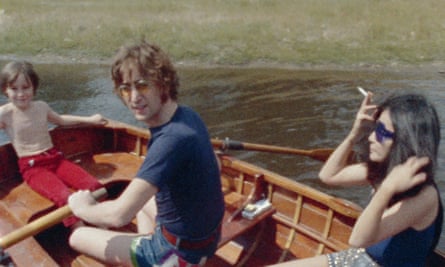
Ono never felt Lennon was too dependent on her, artistically or otherwise: “John was a great artist and a great musician. I must say that both of us were very fast writers, that made us independent when we wanted to be.” Nevertheless, they only released the music that they felt represented them properly, she says, which sounds like a particularly rousing incentive to work. “We were the kind of people if we did not love the songs we wouldn’t put them out. Our love for each other and our love for the songs went together.”
Nearly half a century on, it’s clear that Lennon is still with her. But what does the word “imagine” mean to Ono now? Her answer is simple but powerful: “To think of something to hope for.”

